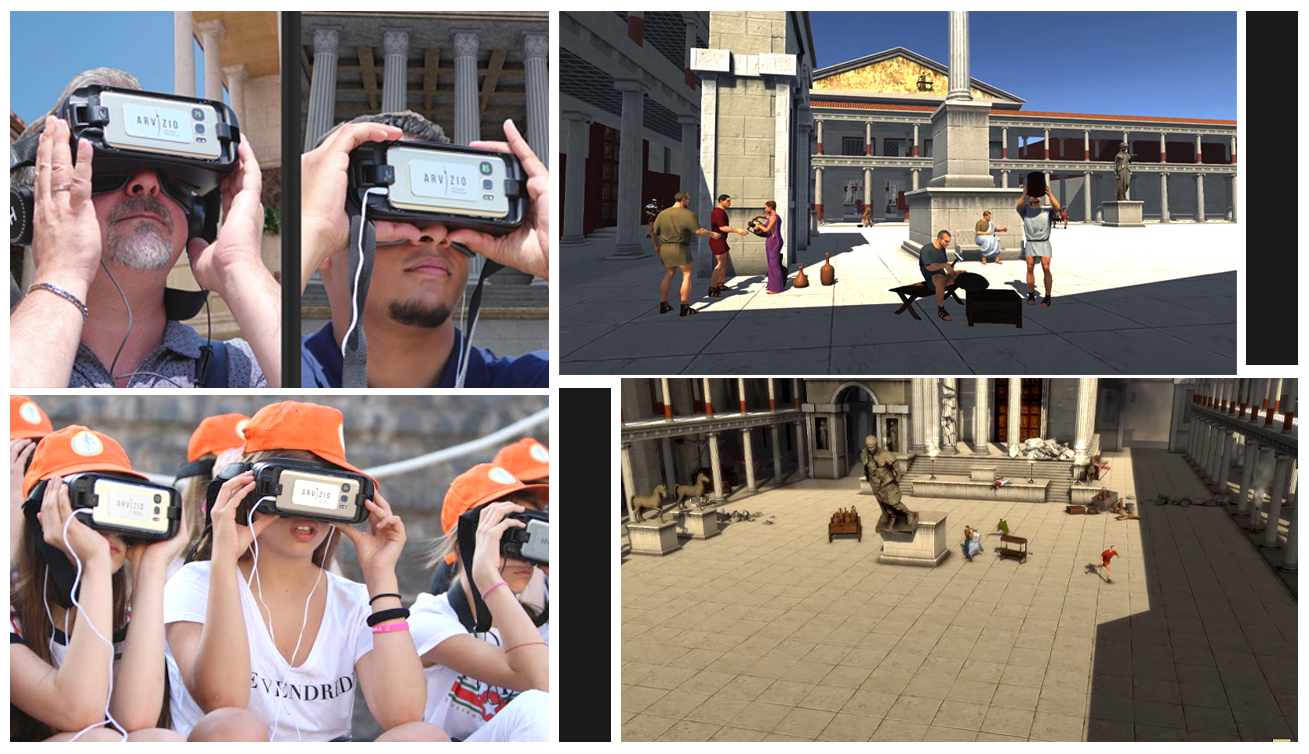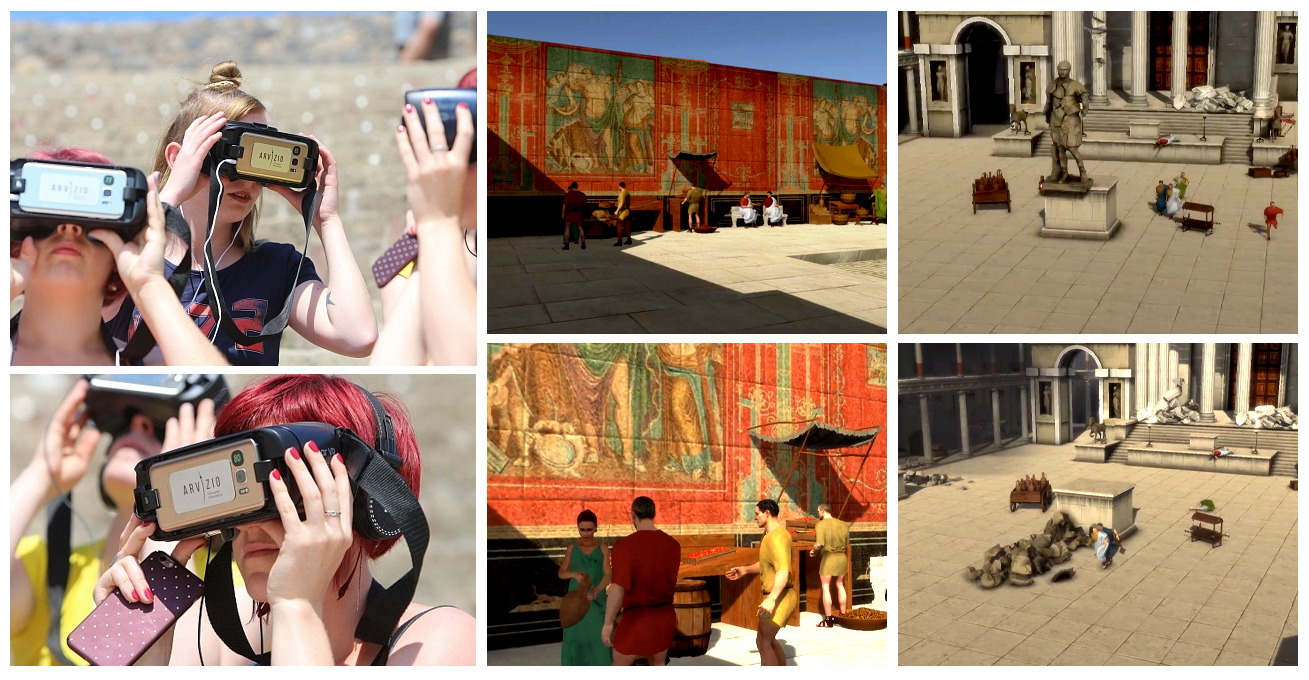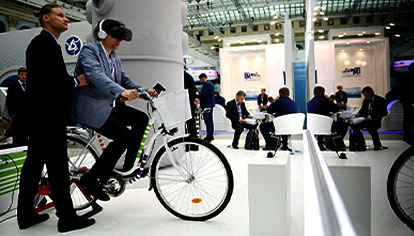Incredible VR Journey to the Ancient Archaeological Park of Pompeii
Pompeii was an ancient Roman city near Naples. Now it is an open-air Museum. Recent excavations have shown that people lived in the city in the I century AD.
Customer's background
Arvizio is a company that produces VR content for AR tours, teaching schoolchildren, students, and training industry professionals. The Company creates high-quality 360° photos, 360° videos, and 3D content, historical 3D reconstructions of individual objects, complexes, archaeological parks and it also recreates AR historical panoramas.
Task
To develop a mobile app that will show in the AR and VR mode what the archaeological Park of Pompeii looked like in the I century AD. To recreate its appearance, add fleshed-out characters dressed in authentic clothing appropriately.
Solution
Using the AR and VR technology, we have placed recreated destroyed objects in the modern environment of the archaeological Park. In order for users to use the app and quickly navigate, a GPS module has been developed which detects the user's location in the Park and provides suggestions for viewing content. A map included in the app had been adapted to match the printed map that visitors purchased at the entrance to the Park.

The app has developed two usage modes: AR, if the user does not use additional equipment, and VR, if the user purchased special VR glasses in the Park.
How it works
The user downloads the PompeiiScope mobile app and chooses the usage mode, AR or VR. If the AR mode is selected, all 3D objects are displayed as overlapping on the real world. If the user chooses the VR mode, they insert their smartphone into VR glasses and find themselves in the I century AD with a full immersion effect. Destroyed objects are transformed and replaced with their virtual copies and smartphone sensors track head movements, allowing the user to see objects from all sides.
The viewer sees a large square illuminated by the sun, where the inhabitants of Pompeii exchange goods in the market, slowly walk around the monuments and talk, sitting on benches. The user hears the city noise and sees Vesuvius erupting. The viewer can take a photograph the background of the city's attractions, including the Basilica, Forum, Small and Large Theaters, Pompeii Street, take a selfie from the past and post the result on social media. After returning from the ancient Roman city, the user can run the app again and show their loved ones the virtual tour without using the geo-location module.
Internet access is not required to travel back in time. If the users haven’t downloaded the app in advance, they can connect to Wi-Fi at the kiosk in Pompeii Park and download it to their device. The app also works without stereo glasses. It is possible to view Pompeii using a smartphone or a tablet, but the image will not be 3D and the maximum immersion effect will not be achieved.
Equipment
Mobile devices iOS 10.0 or higher and Android 6.0 or higher
Result
The AR and VR tour allowed the guests to go back 20 centuries ago and find themselves in the ancient city of Pompeii. The users were interested in comparing the ancient and modern appearance of the Park, taking selfies from the past, and sharing the experience on social media. The tourists went to Pompeii noted that the app is a great addition to the tour and an amazing experience. Children are especially cheerful in such a virtual journey because if they can get tired of a guide, then new technologies will definitely spark their interest and curiosity.
